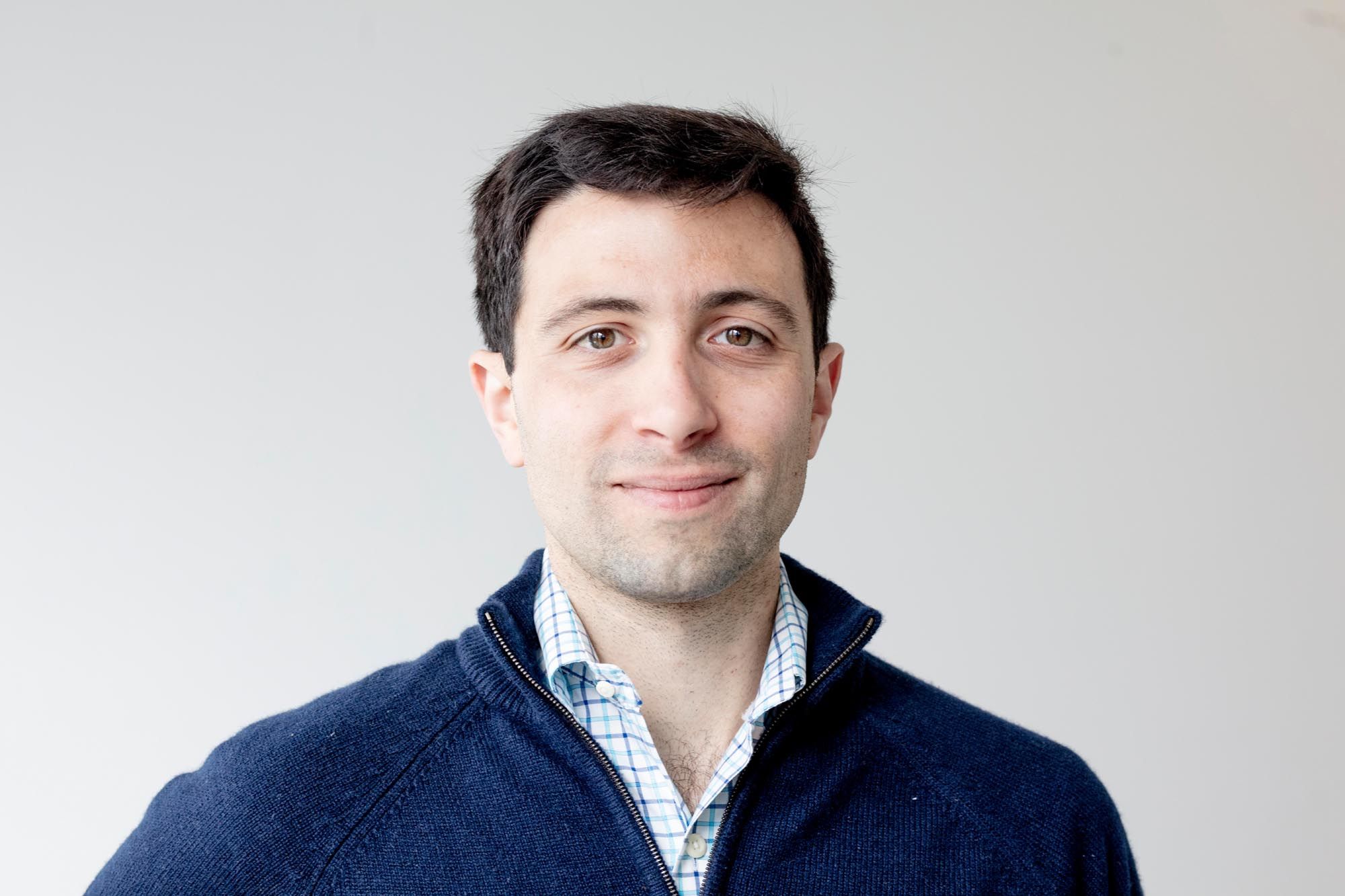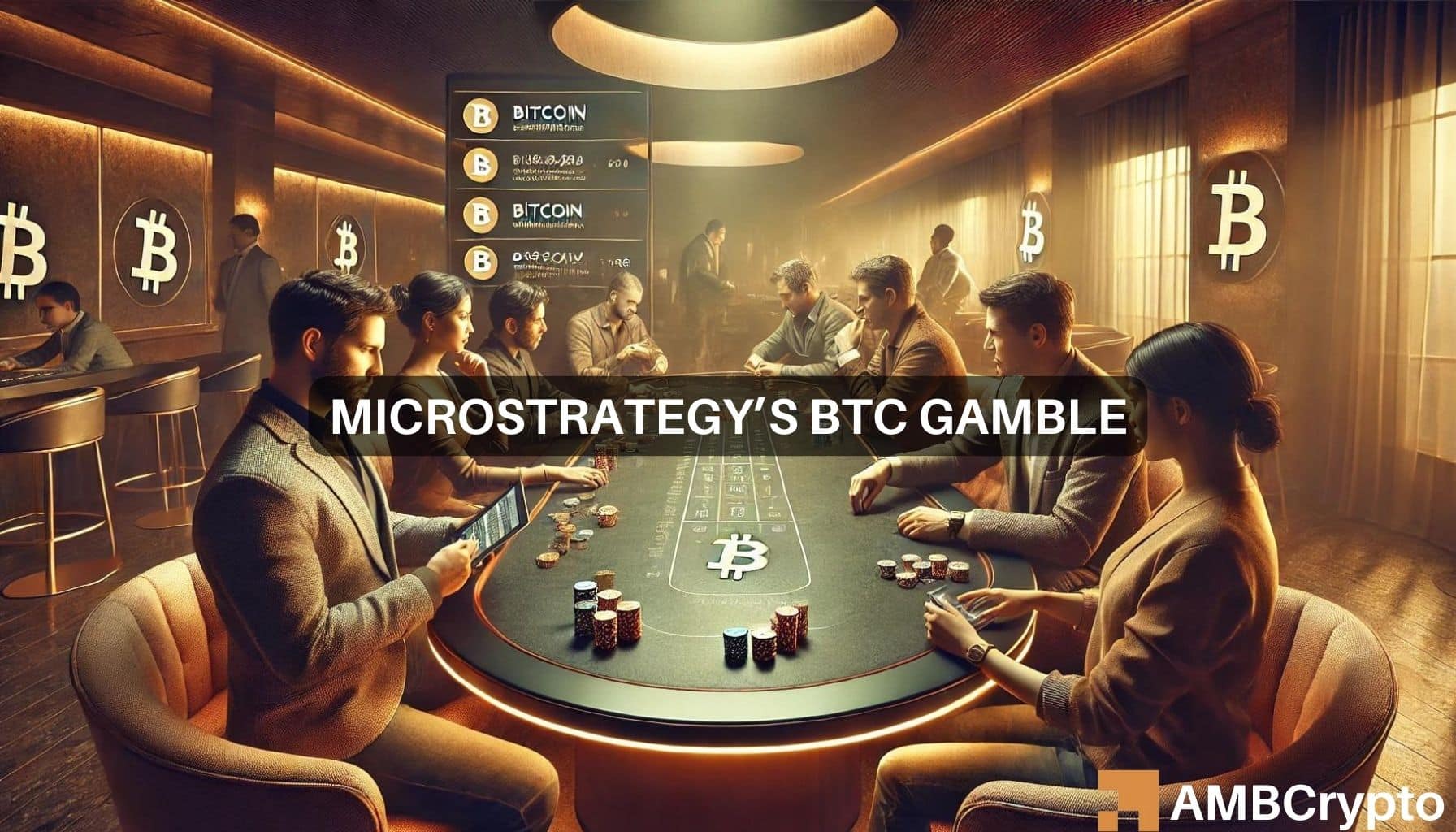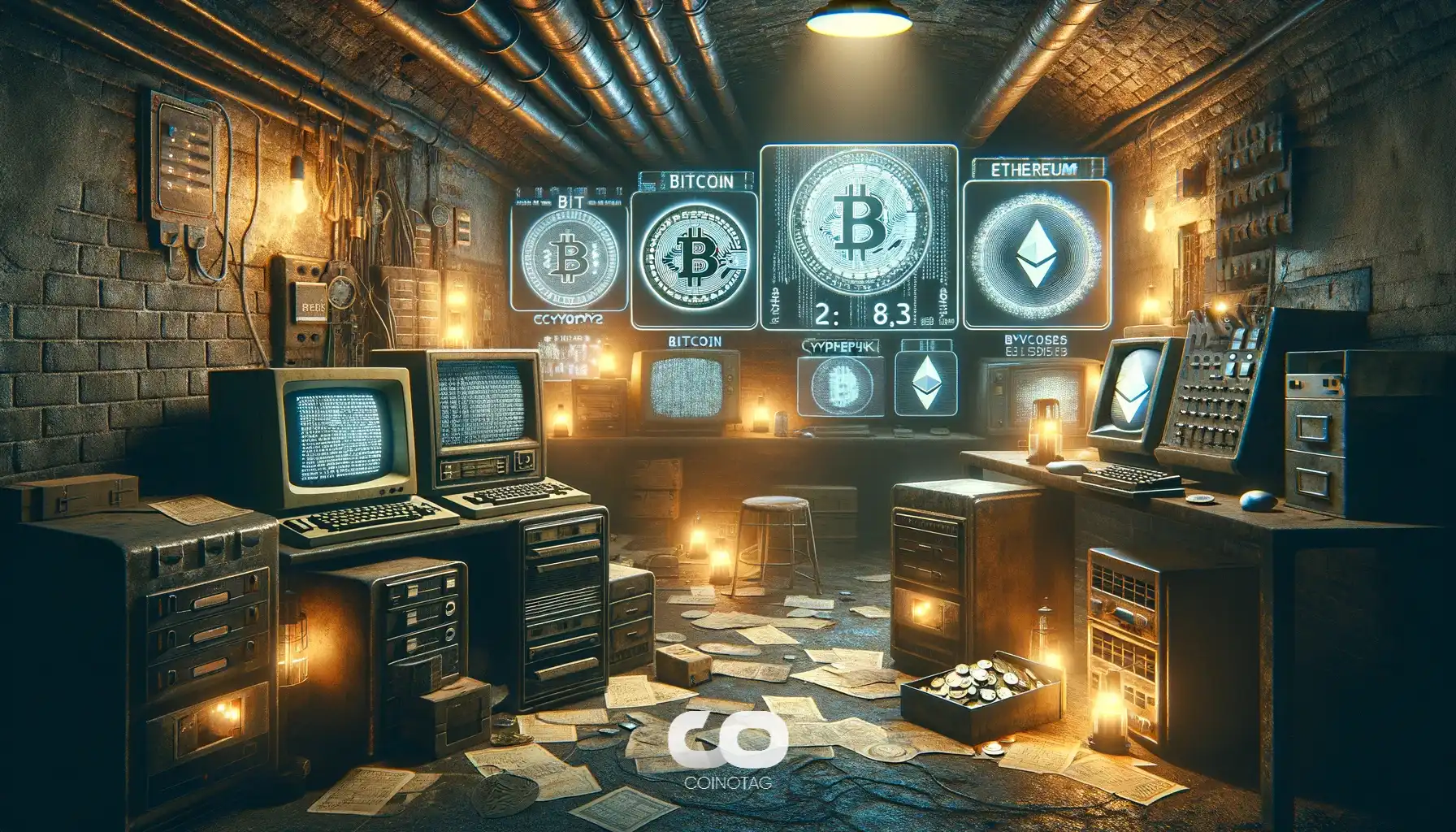An Interview With M^0 Labs
Greg Di Prisco is Co-Founder and Chief Architect at M^0 Labs, and Council Member at the M^0 Foundation. Greg has had an extensive career in the crypto industry, with a specialty in DeFi. Prior to co-founding M^0, Greg was a co-founder and Protocol Architect at Ajna Labs, creators of the Ajna Protocol. He also spent over four years as the Head of Business Development of the Maker Foundation, the builders of MakerDAO. Additionally, Greg is a Co-Founder and Managing Partner at Distributed Capital Partners, one of the earliest crypto-exclusive venture firms, founded in 2017. Prior to working in the crypto industry, Greg was a commodity futures trader at Axiom Markets. He holds a BS in Economics from Villanova University,In an exclusive interview with BitcoinWorld, We discuss what is M^0 Labs , Is All About!!
At basics, what is M^0 is all about?
M^0 is a protocol that allows for the creation of a fungible cryptodollar (or “stablecoin” if you prefer) called $M. It is unique because it has the ability to bring together many otherwise competitive issuers into one network and to their mutual benefit.
Can you explain the significance of the first $10 million mint of $M and how it impacts the M^0 ecosystem?
The first mint is a testament to the countless hours of work that went into producing this protocol. We really tried to leave no stone unturned.
How does the M^0 protocol ensure the stability and security of the $M token?
The entire protocol is built around ensuring the stability and safety of $M. There are many levels of checks and balances, including a daily attestation by our Validator network which confirms the presence, composition, and value of the collateral in the system.
What are the key benefits of using short-term US treasuries as collateral for $M?
It’s really the only asset that makes sense for the time being. When people hold a cryptodollar like $M, they do not want to take risks. This is the least risky asset on the market and fits the risk profile of the $M holders.
Could you elaborate on the decentralized governance model of the M^0 protocol and its importance for the network?
Our novel governance mechanism, the Two Token Governor (TTG), works to ensure full participation of the tokenholders and seeks to provide credible neutrality to the protocol. Governors do not have the ability to discriminate against specific users and all actors in the system, enforced by smart contracts, are treated the same.
What does the release of the adopted guidance mean for the future of decentralized money issuance?
Our Adopted Guidance package, to my knowledge, represents the first public guidelines for how to safely manage a stablecoin/cryptodollar. I hope that it shows how seriously we take what we do.
How does the recent $35 million Series A funding impact M^0’s expansion plans and capabilities?
Our fundraising efforts provide us with the necessary resources to grow. We have many competitors, but few are as well funded as the M^0 project.
What role does MXON play as the first Minter on the M^0 network, and how does it set the stage for future Minters?
MXON serves as the first example of what a Minter can be. We hope that their presence will inspire other institutions to join the network.
What are M^0’s next steps in expanding its network and enhancing the protocol’s capabilities and reach?
We are in growth mode now. We need integrations and liquidity for $M.
With your extensive background in traditional finance and decentralized finance, how did your experience at Morgan Stanley and MakerDAO influence the creation of M^0 Labs?
My experience at MakerDAO served to highlight the problem space that we are working in. We took many of the lessons learned from Maker and applied them to our new mechanisms, like the TTG, the protocol, and our growth strategy.
What inspired the design of M^0’s governance model, and how does it ensure transparency and efficiency in the issuance of cryptodollars?
Given our experience at MakerDAO, we realized that governance is actually the “hard part” of developing a decentralized cryptodollar. We took our learnings from that project and applied them to an entirely new mechanism called the Two Token Governor (TTG). This new mechanism allows us to mitigate many of the issues that have plagued other governance-based protocols.
How do you see the intersection of traditional finance (TradFi) and decentralized finance (DeFi) evolving, and what role does M^0 play in this landscape?
DeFi has made tremendous innovations in financial technology, but unfortunately remains active only in a petri dish. We believe that cryptodollars like $M are the tip of the spear for mass adoption of blockchain technology. As cryptodollar adoption grows, more people will immediately gain access to the wide universe of DeFi applications.
What future advancements do you foresee for M^0, and how do you plan to keep it at the forefront of the financial infrastructure innovation?
Right now we’re excited to launch our Smart Wrapper, which allows for easy integration of $M into existing DeFi protocols (with the intelligent redistribution of yield), and for our roll-out to other blockchains outside of ethereum. But we plan to continue this pace of innovation for a long time.





